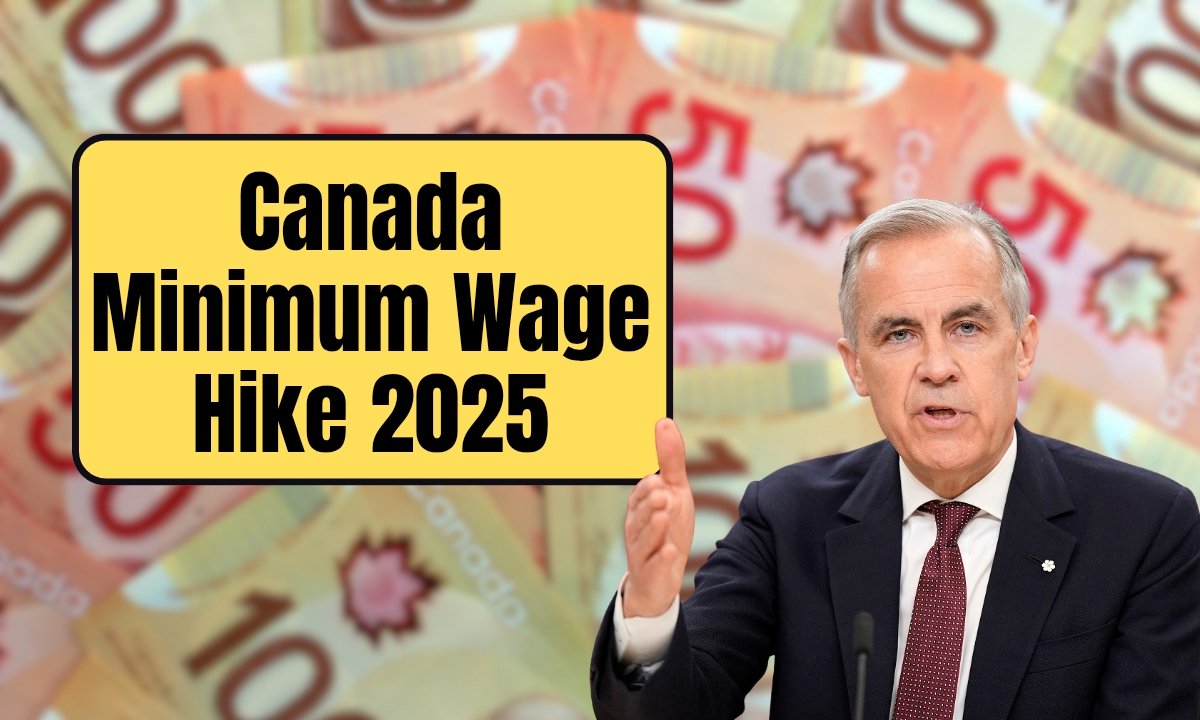In response to increasing costs of living, Canada has implemented new minimum wage hikes both federally and at the provincial level. The federal minimum wage increased by 2.4%, raising it to CAD $17.75 per hour for workers in federally regulated sectors from April 1, 2025. Various provinces and territories will also initiate some wage increases in 2025; some are already working while others are planned for later in the year.
Federal Wage Increase Taking Effect
The national wage increase to CAD $17.75/hour applies to all federally regulated jobs. It hence has been in force as of April 1, 2025; and shall continue till March 2026. This adjustment is made so that employees with federal oversight get a baseline wage that almost drains away the expense pressure of living.
Provincial Wage Hikes: When, Who And Where
Processes for increase of minimum wage have been observed in some places, while others will soon follow. Here’s a summary:
The following rates apply from April 1 through September 30, 2025:
- Newfoundland and Labrador: $16.25 per hour
- New Brunswick: $15.75 per hour
- Yukon: $18.10 per hour
- Nova Scotia: $15.85 per hour
- Québec: From May onward $16.25 per hour
- British Columbia: From June onward $18.00 per hour
- Northwest Territories: From September onward $17.10 per hour
- Nunavut: From September onward $19.90 per hour
Scheduled Effective October 2025:
- Manitoba: $16.10 per hour, up from $15.85
- Ontario: $17.65 per hour, up from $17.25, special rates applying to students and home workers.
- Saskatchewan: $15.50 per hour, up from $15.20
- Prince Edward Island: To be raised to $16.60 per hour, going up to $17.10 in April 2026
Who Benefits And What To Expect
- Workers in federally regulated sectors get this new federal rate as of right.
- Provincial employees will get a rate depending on their province’s minimum wage rate. Wherever the provincial rate exceeds the federal, the higher rate shall apply.
- Special categories, such as student or homeworker categories, in some cases different rates or sub-categories exist as well.
Why These Increases Are Important
Before inflation and rising everyday life expenses (food, housing, etc.), having an older wage rate means many workers could barely make it to wage raise with cost of living increases. The increase serves to partly curb the existing pressure on the wage gap allowing workers to have some shares on managing expenses. This in itself becomes a symbol for provinces that are updating such rates that policy now keeps pace with economic reality.
What Workers and Employers Need To Do
- Workers are to check the minimum wage rate of their province as updated and ensure their employer implements the new rate.
- Employers should ensure that payroll systems, contracts, and wage tables are brought in line with the rates.
- Opposite all is to keep tabs on the official centers or portals of provincial or federal governments to note exact dates, exceptions, and special rate categories.
Also Read: Canada GST/HST Rebate 2025: Eligibility, Payment Dates & New Rebate Amounts




